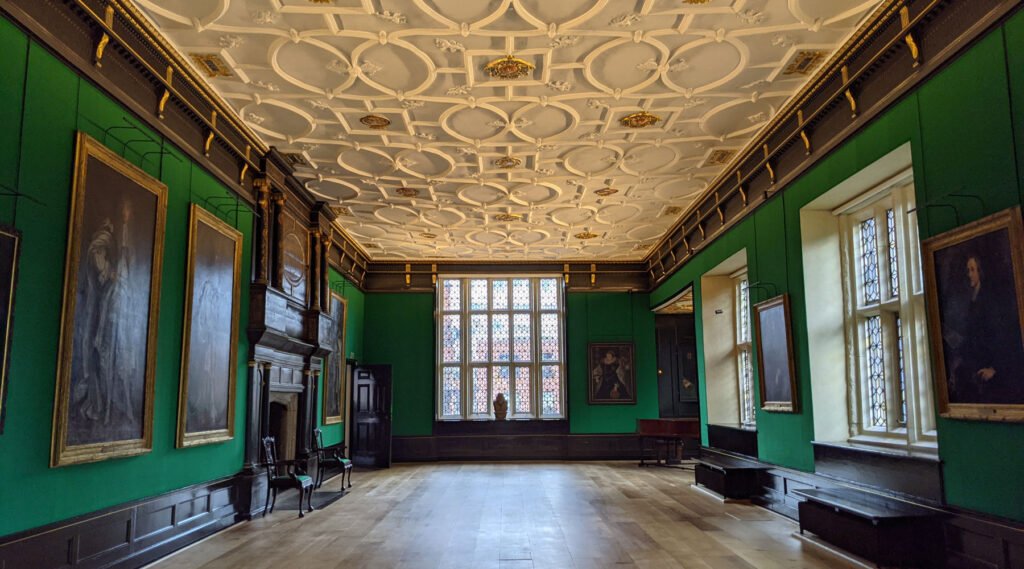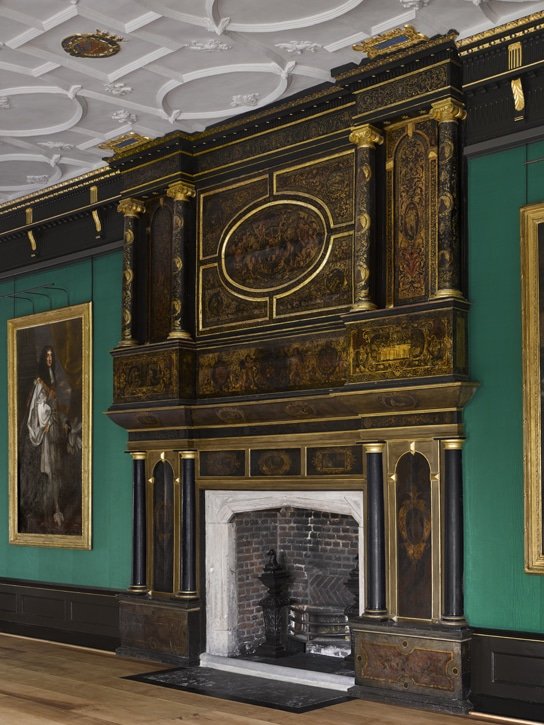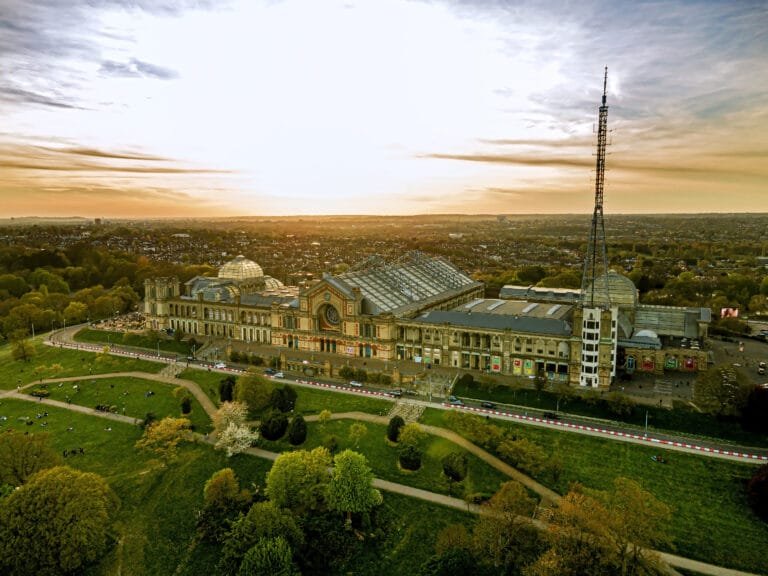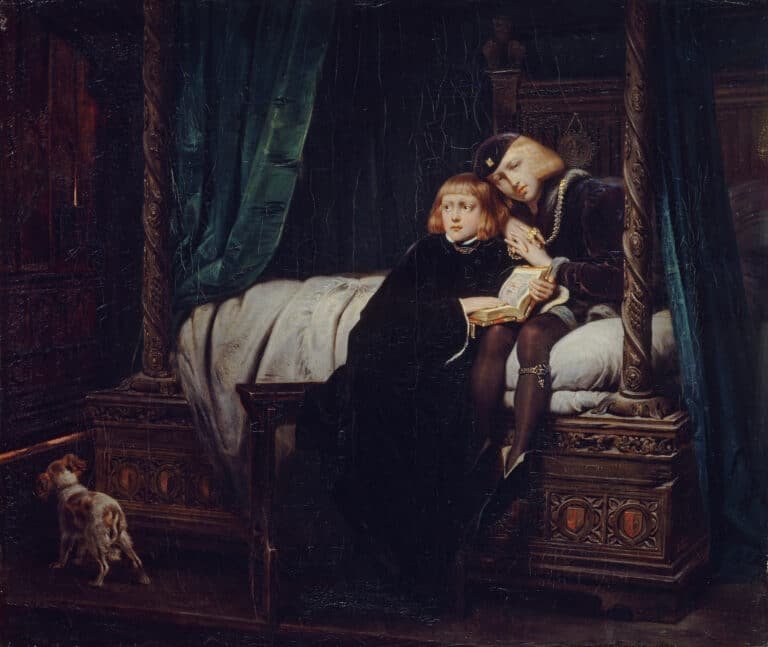
The Charterhouse: The Great Chamber Renovation
The Great Chamber has played host to grand royal occasions and was the backdrop to decades of Tudor plotting and intrigue. It is the only Tudor great chamber to survive in London and remains the jewel in the crown of this ancient historic site.

Explore the Great Chamber
Their newly refurbished Great Chamber is now open to the public and can be seen on pre-booked tours. You can also uncover the room’s stories and learn more about its history through their virtual tour. The numbered points throughout reveal hidden facts and information about the room and its portraits. Click below to explore the Great Chamber for yourself.

The room was created in the 1540s as part of a palatial mansion built from the ruins of a Carthusian monastery. It was embellished around 1570 by the Duke of Norfolk, who inserted a grand fireplace and a lavishly decorated ceiling. The Great Chamber was intended as a room of splendour and prestige. Elizabeth I met her Privy Council here in 1558 before her coronation and both she, and James I were hosted here on many occasions after that. After 1611, when the site became a school and almshouse, the governors held their meetings here. The room you see today has been altered over the centuries, including remodelling after fire damage during the second world war. The most recent restoration was completed in 2020 and is intended to emphasise the room’s grandeur, rather than reconstructing its design specific to any one historical period.




